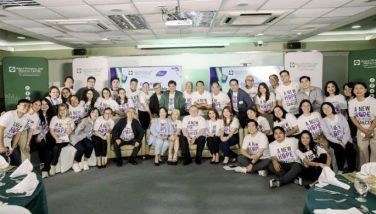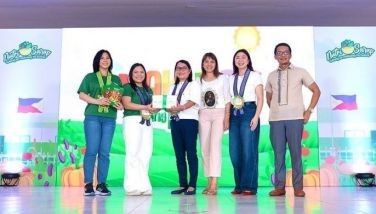Likha Ko, Lahi Ko: Like ko!
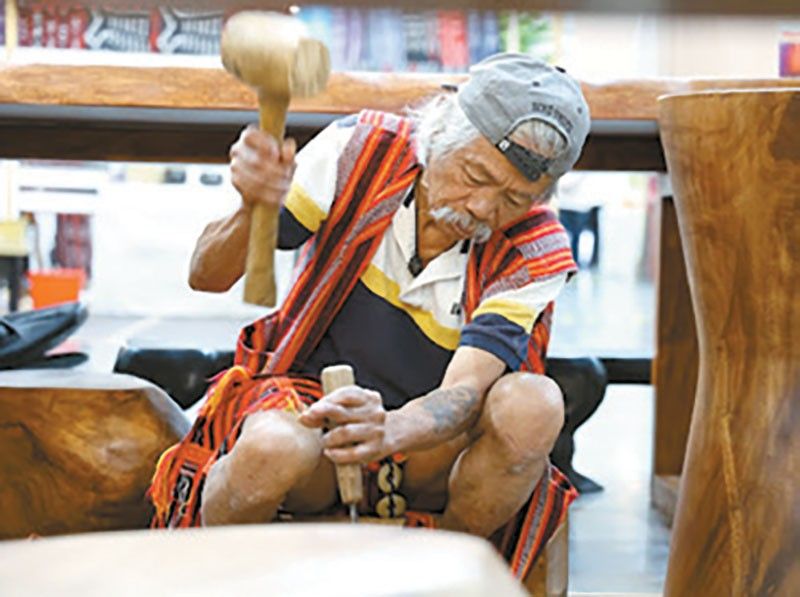
Filipinos were independent even before their leaders declared the Philippines independent of colonial rule.
This is seen, for one, in indigenous and local art. Untouched by Western influences (you could see, however, the similarities the Philippines has with some of its Southeast Asian neighbors when it comes to weaves and sculpture), native art is a thumbprint. Unique. Beyond compare.
“Likha Ko, Lahi Ko,” held recently at the PICC Forum, was one of the highlights of the country’s celebration of its 126th Independence Day.
With eye-catching creations by 87 artisans from Luzon, Visayas and Mindanao, the third Likha trade show trained the spotlight on the time-honored creative practices of Filipinos across the archipelago.
The art was local, and yet, world-class.
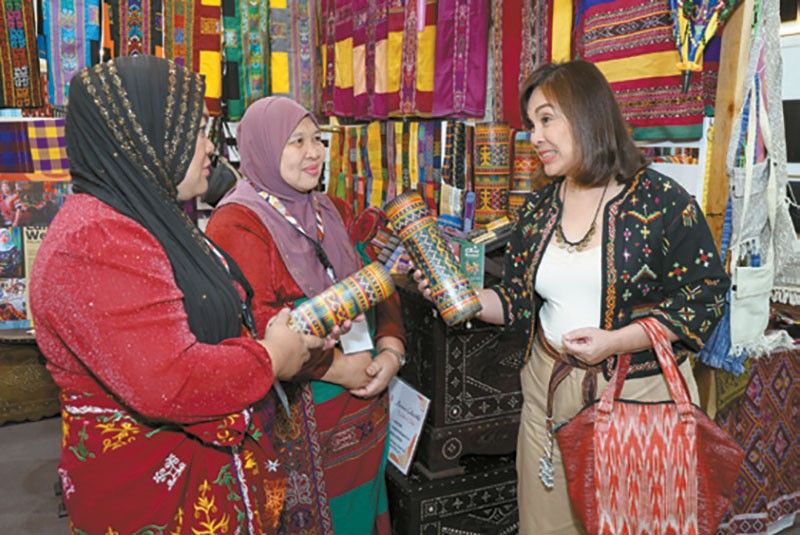
“This is what my husband meant when he said that ‘the creativity of Filipinos is world-class,’” First Lady Liza Araneta-Marcos said in a recorded speech that was played during the event, before bestowing the Gawad Manlilikha ng Bayan (GAMABA) Awards to a select group of craftsmen. She spearheaded the project.
According to Malacañang Deputy Social Secretary Dina Tantoco, this year’s exhibition was laid out across three sections, each one housing booths from first-time participants, returning exhibitors and more established brands and artisans. To further encourage exhibitors to join (some of whom came from as far as Sulu, Tawi-Tawi and Abra, to name a few), the organizers also arranged means to have their products shipped to Manila free of charge.
As a result, the third edition of Likha marked a tremendous increase in participants — up to 87 from around 20 last year.
Among this year’s first-time exhibitors was Naliran Kammasu, a 51-year-old weaver of Yakkan Tennun from Lamitan in Basilan. Accompanied by her daughter, Naliran told us that she has been weaving these colorful fabrics — now turned into bags and table runners, among other things — since she was seven.
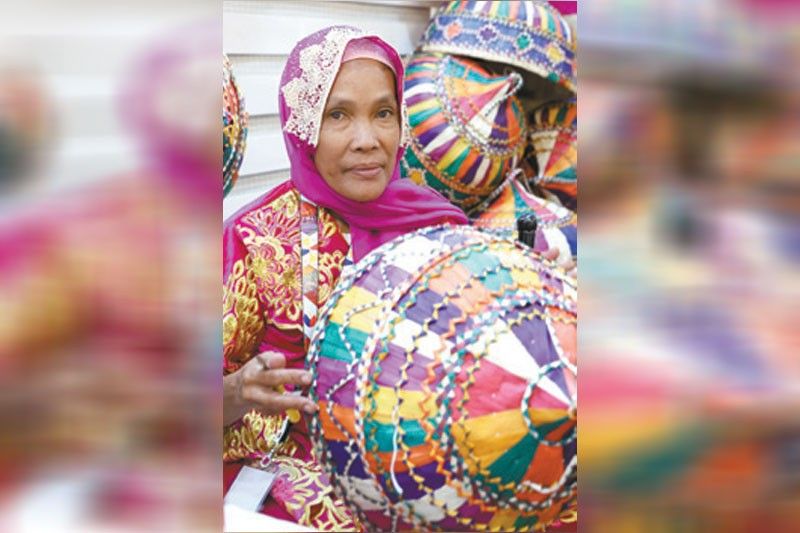
Siling Sabturani, a tutup weaver, added in the vernacular, “After school as children, my siblings and I would immediately start weaving tutup as a means of making a living.” Tutup is a traditional, dome-shaped food cover.
Abu Aida, on the other hand, is a saruk (fisherman’s hat) weaver from Maimbung, Sulu. She currently innovates and builds on the native art by adding colorful touches to the saruk, and even tweaking their shape so that women would be more inclined to wear them.
Both Siling and Aida are beneficiaries of the Accelerate Bangsamoro Program. One common thread that runs through their stories is the spirit of gratitude.
Watzy Pagada Buligan and his merry band of wood carvers from Banaue, who returned to the exhibit this year, cheerfully worked on some tables and chairs within the forum. Some of their pieces, made from solid narra, acacia, molave and da-o fetched six-digit prices at Likha – still a bargain, if one considers the size and effort that come with each piece.
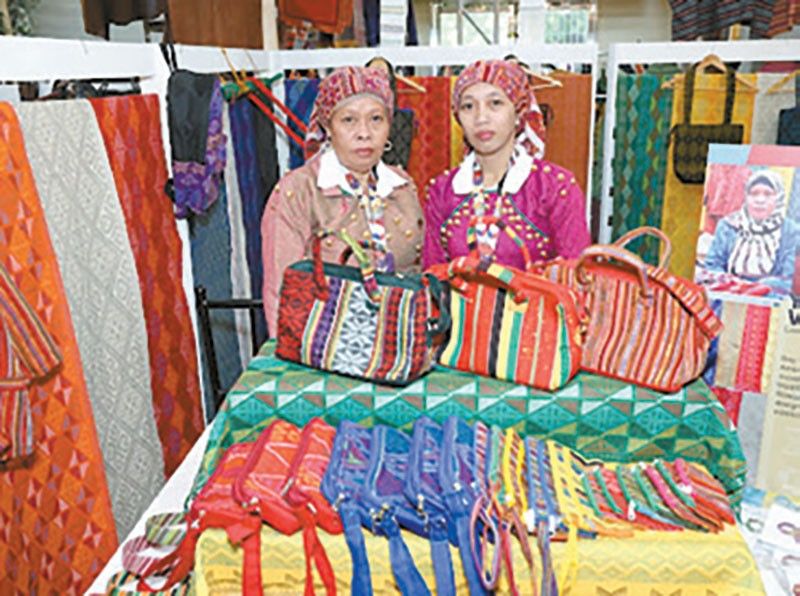
Also returning to Likha for the third time are Callado weavers from Batangas. Angel Boombasse and Ferin Maala of Burdado ni Apolonia told us that inquiries in their social media account have ballooned in the past three years, soon after they joined Likha. On display in their store was a full, double-chin Callado barong, which took three months to make.
As we walked from one end of the exhibition to the other, “window-shopping” as well as “succumbing,” we saw “thumbprints” all over – from the first-time artisans who have bravely taken their first steps under the Likha sun, to the returning craftsmen like designer Ditta Sandico, whose success has undoubtedly inspired countless other artisans to soar to new heights.
I was drawn to the Panubok embroidery from Iloilo, which also boasts cloth patching. “Panubok” comes from “tubok,” which means to push a needle. I bought an embroidered belt for P600, which is priced more than double if it is woven by the 88-year-old matriarch of the Panubok weavers. I also bought a table runner from Langkit Weaving from Marawi City. The couple behind it were once “internally displaced persons” after the Marawi siege, who realized the value of langkit weaving while they were in an evacuation center.
Local art and artwork are unspoken, yet powerful verses, in the national anthem.
Like!
You may e-mail me at joanneraeramirez@yahoo.com. Follow me on Instagram @joanneraeramirez.
- Latest










